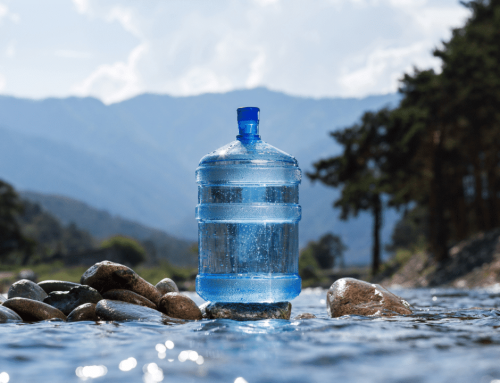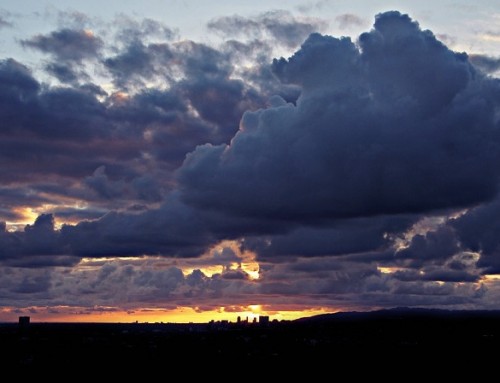Tsunamis. A destructive, yet natural disaster that is feared all around the world and with good reason. It is an event that is caused by shallow and powerful earthquakes with an average magnitude of 7 or higher which generates not only one but several similar or even bigger waves. These types of waves usually occur in coastal areas and have drowned people all across the globe in the past few centuries.
The dangers of tsunamis are thus brutal and have also left devastation to the homes of many. In the past 250 years, more than 420,000 people have been killed. These tsunamis have also cost the relevant countries billions of dollars of property damage.
You would think that when you see such an event, you’ll run for your life, but these waves do not roll gradually, they occur straight and can be referred to as a wall of water that is bigger than any building. Imagine running away from that. It’s a terrorizing image, to say the least.
Where and When do Tsunamis Occur?
Tsunamis can occur once every year and in places where it is quite popular but occur less, once every few years. The most recorded tsunamis have been found to occur in the Pacific Ocean. It involves heavy oceanic plates that slip underneath lighter continental plates. When these plates are broken, the sea floor tends to move both up and down. This allows a massive transfer of energy to occur in the ocean, which similar to an earthquake, causes a tsunami.
Forecasting and Preventing a Tsunami
Although we as humans cannot control any type of earthquake, nor prevent it, we can forecast it and take the necessary preventative measures to protect people who are subjected to it.
These forecasts are not always correct and the exact time as to when this disaster will strike remains an uncertainty, but when a community, town, city or country works together, these can be sighted early enough to prevent at least the loss of human life.
Get water dispensers and hire water coolers from Living-Water in London.






